Bbc Bitesize Animals
Plants are really important for the planet and for all living things. In an animal of large size, the size of the cells is not increased but the number increases.

Why do animals have different teeth? BBC Bitesize
What are specialised cells bbc bitesize.
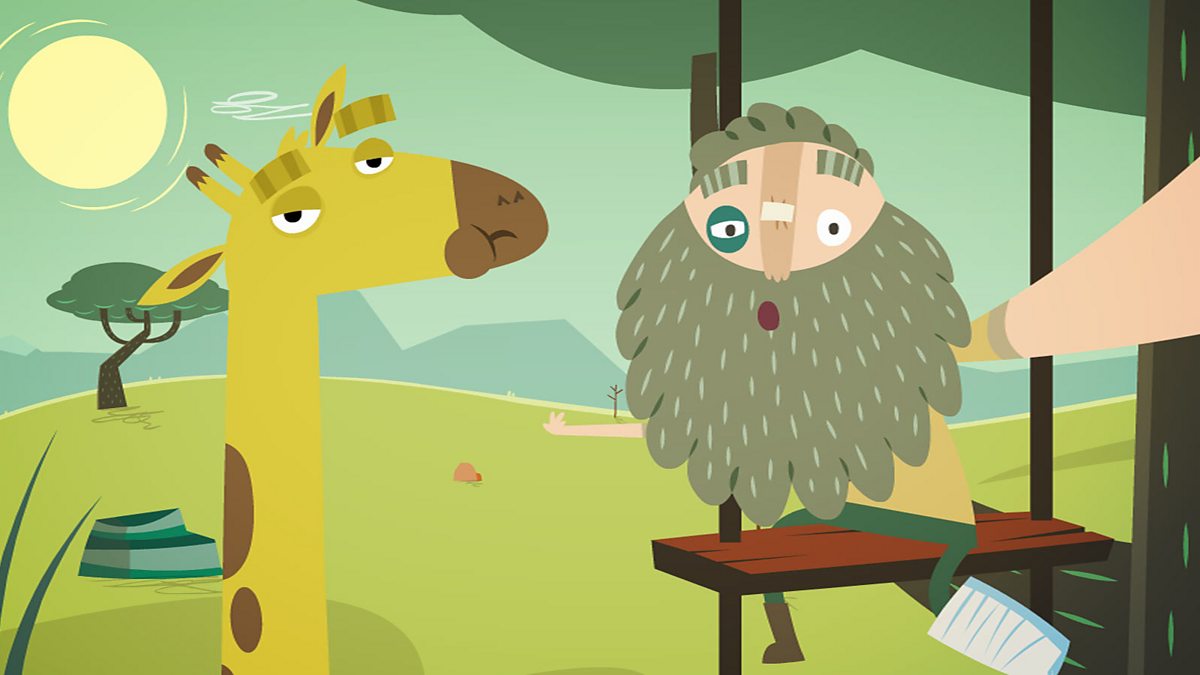
Bbc bitesize animals. Organisms are generally well adapted to the abiotic and biotic conditions of the environment in which they live. We made lots of films for bbc learning to help with maths and science key stage 1 & 2. An organism's adaptations are a result of the genes the organism inherits from its parents.
We all keep in mind that the human physique is quite problematic and a technique i learned to are aware of it is by way of the way of human anatomy diagrams. Plant and animal cells have several differences and similarities. Ribosomes are only visible with an electron.
This contains all the genetic information for the cell and controls all its activities. These are specialized parts inside a living cell. Artist james mayhew paints and.
This can stop many animal species from. Bitesize is the name given to the bbc s free online study support resource for school age students in the united kingdom. Gripping games and awesome activities help children studying living things, materials and physical processes.
Plants absorb carbon dioxide and release oxygen from their leaves, which humans and other animals need to breathe. This video covers a bunch of 2d shapes, their different features and w. What makes an animal an amphibian?
Continuing to trade and consume wild animals is ‘close to societal suicide’ animals hunted for bushmeat are not the only ones at risk: Facts about animal and plant cells 2: Examples of animals that migrate.
How migration can be connected to the seasons. Lochs and rivers can freeze over, like the river dee above. Animal cell functions bbc bitesize :
Animal, plant, fungal and bacterial cells are different in terms of structure but also have many similarities plants and animals consist of different types of cell that work together.animal and plant cells have certain structures in common cells are the basic building. Dolphins are extraordinary animals that are more like humans than you may think. Animals are divided into two main groups.
Animals hibernate through winter because it too cold for them to survive. What is adaptation bbc bitesize? The diagram shows the principal subcellular structures of an bacterial cell.
These cells tend to be larger than the cells of bacteria, and have developed. Plant cell parts are almost similar to animal cells with few exceptions and functional differences. Start studying cells and functions (from bbc bitesize).
Beside this, why are plants important bbc bitesize? The ecosystem is a composite set of relations between the living and non living aspects of nature. Read about animal and plant cells by bbc schools gcse bitesize and see the artwork, lyrics and similar artists.
Animal cell diagram bbc bitesize. Ideal for keeping up with gcse content and revising for exams, they also act as a structured pathway to the bbc bitesize website, with links on the pages to videos, learner guides, worked examples and quizzes. This resource is suitable for p2, p3, p4, p5,.
In this clip from the bbc tv series, inside the animal mind, chris packham watches a new caledonian, nicknamed 007, solve an artificially. Growth / it is easier to describe these parts by using diagrams. Classification means to group similar species together.
Select rating give it 1/5 give it 2/5 give it 3/5 give it 4/5 give it 5/5. Learn vocabulary, terms and more with flashcards, games and other study tools. Therefore an animal cell can be positively identified by.
An adaptation is a characteristic of an organism that improves its chances of surviving and/or reproducing. Bbc bitesize gcse chemistry › verified 5 months ago oct 5, 2018 | updated: Cells are microscopic building blocks of unicellular and multicellular living organisms.
Learn about the different characteristics that make an animal an amphibian with this video! History & current affairs, learning & education. Bbc bitesize ks3 cells quiz.
Animals can be divided into groups or 'classified' by looking at the similarities and differences between them. Animal, plant, fungal and bacterial cells are different in terms of structure but also have many similarities. Bbc bitesize primary history significant peopleanimations from fettle.

DOCTOR WHO NEWS BBC Bitesize Daily Returns and Animal
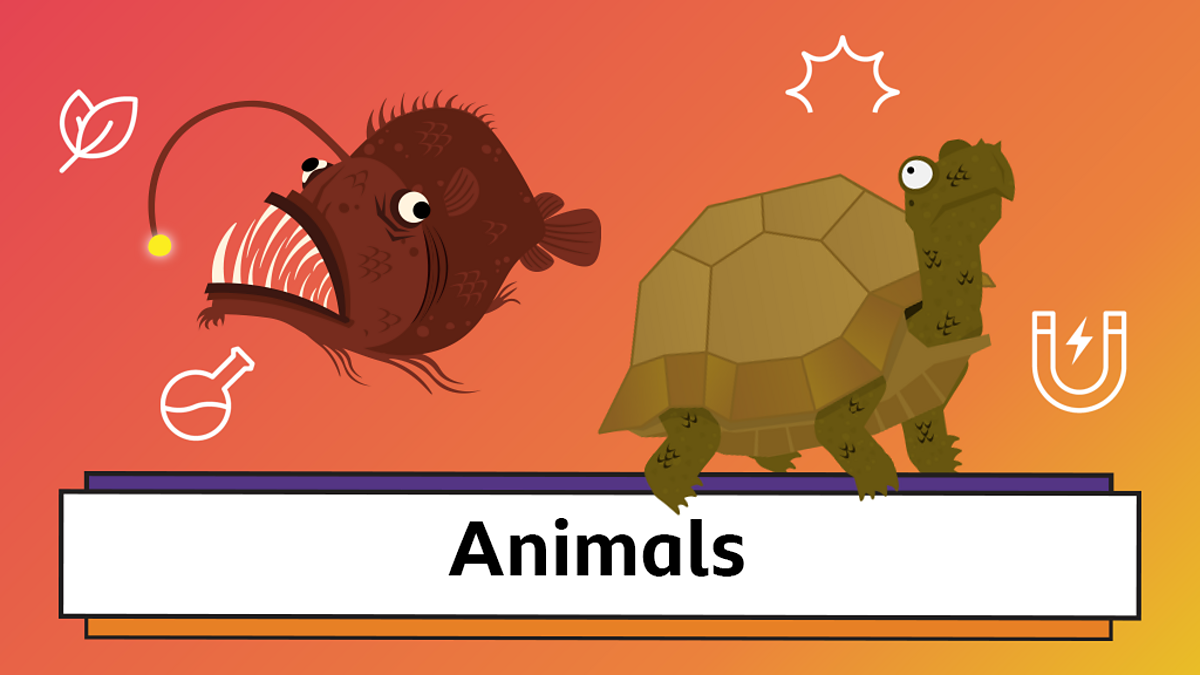
Animals Year 12 / P34 Science This Term's Topics
BBC Bitesize Animals Tentacle Media Ltd
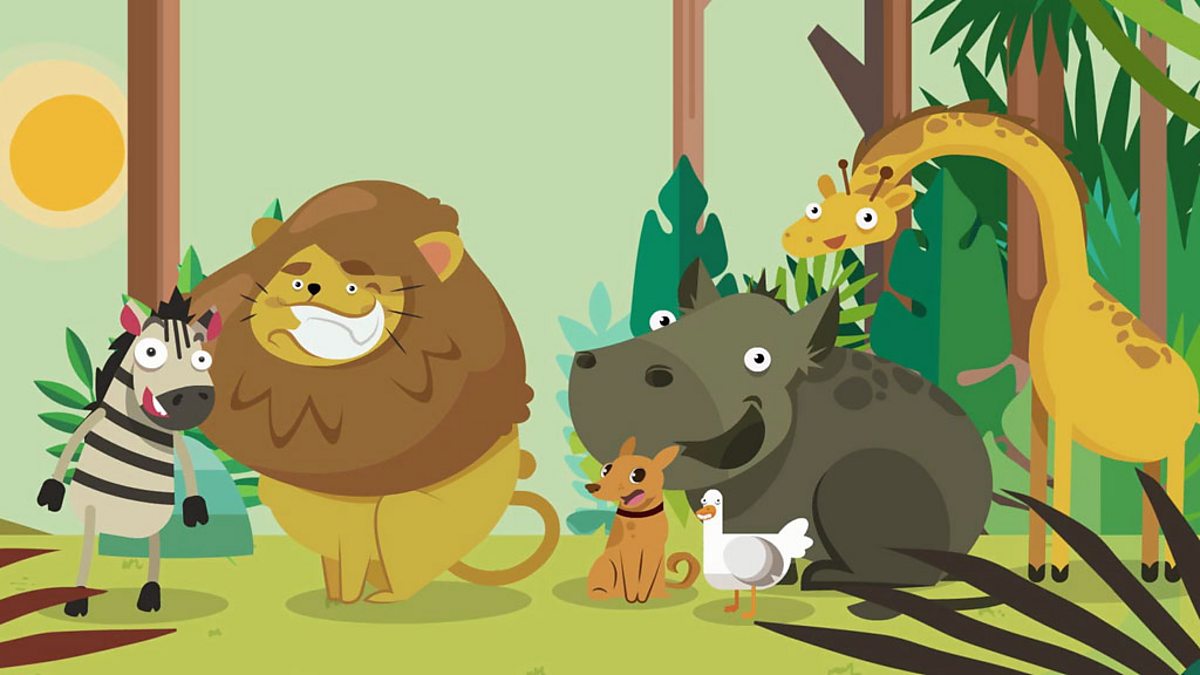
What is classification? BBC Bitesize
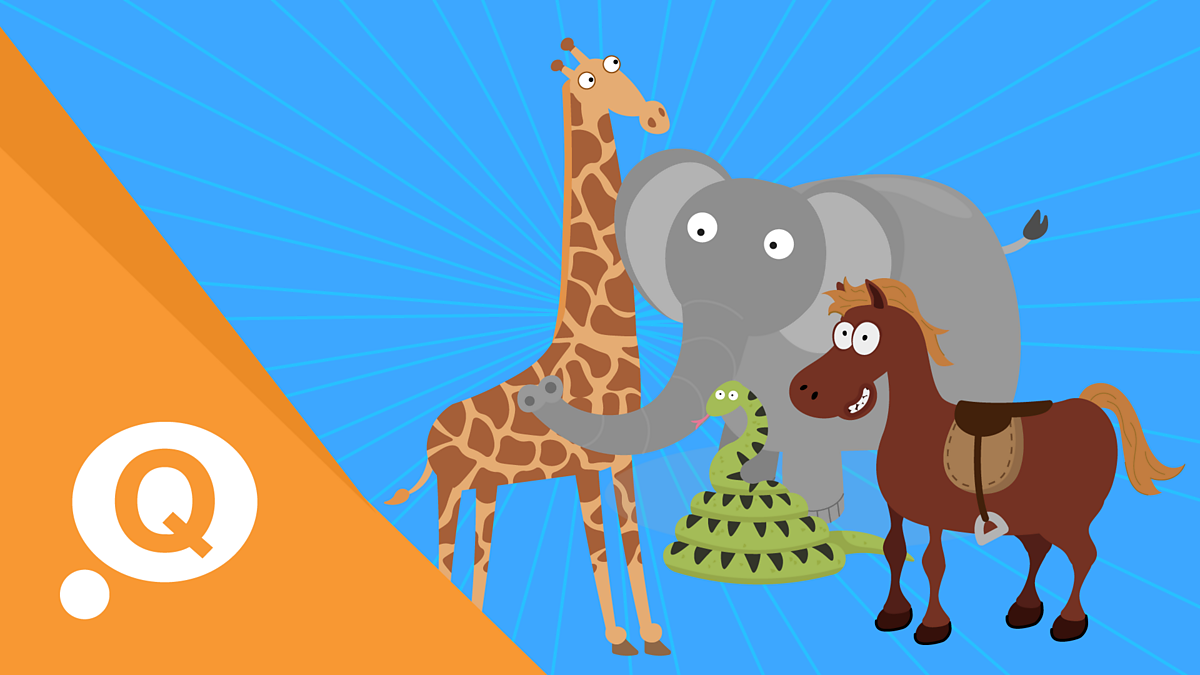
Animals and Pets KS2 French BBC Bitesize BBC Bitesize
BBC Bitesize Animals Tentacle Media Ltd

What is adaptation? BBC Bitesize
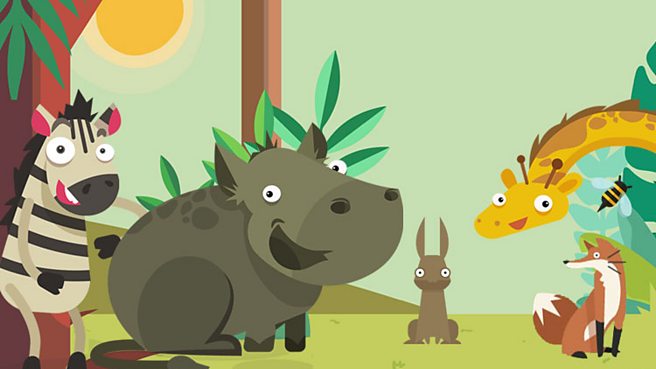
BBC Bitesize KS2 Science Animals
BBC Bitesize Animals Tentacle Media Ltd
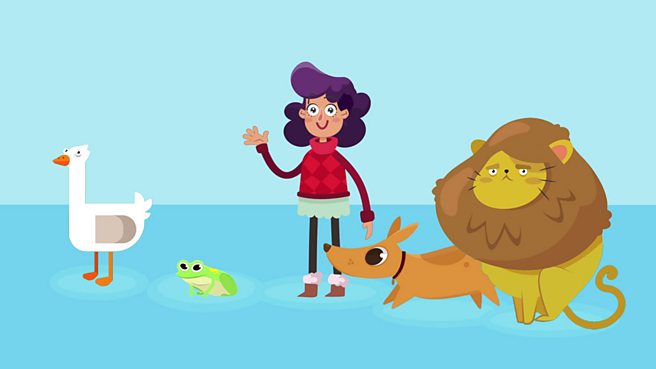
BBC Bitesize KS2 Science Animals
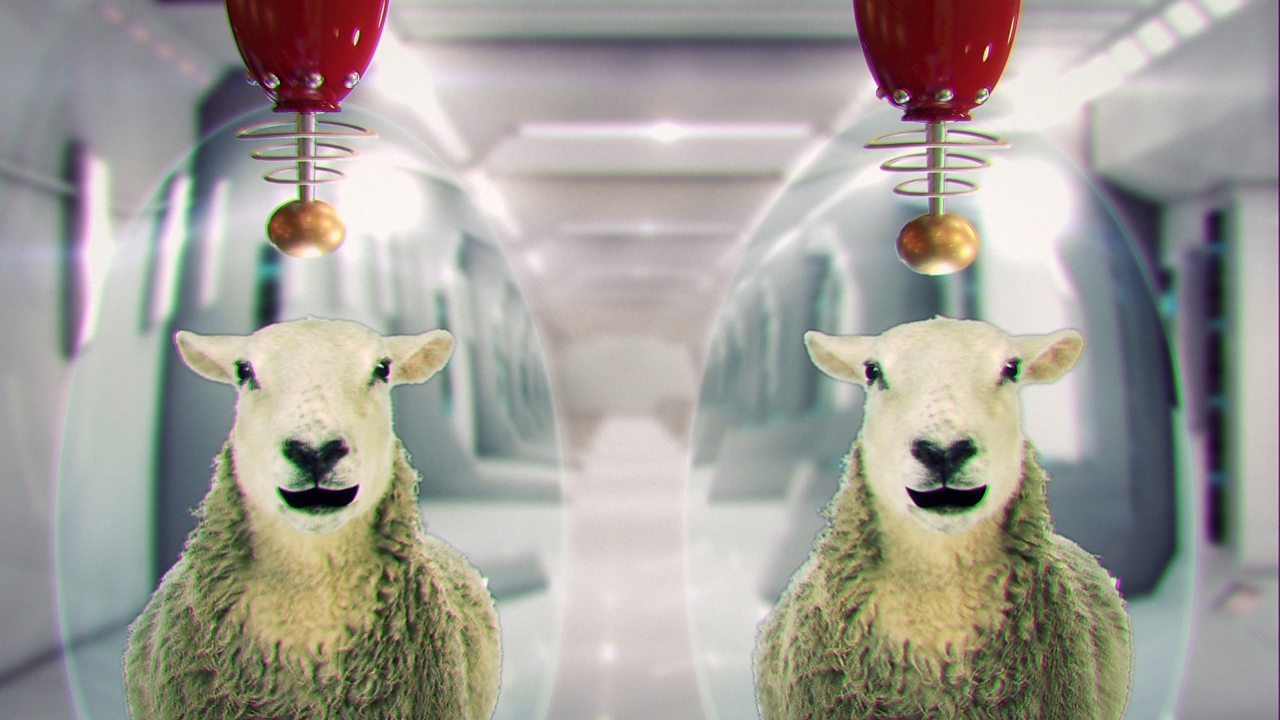
Five British animals you didn't know are endangered BBC
BBC Bitesize Animals Tentacle Media Ltd

BBC Bitesize KS2 Science Animals
BBC Bitesize What do animals need to survive?
BBC Bitesize Animals Tentacle Media Ltd
BBC Bitesize Animals Tentacle Media Ltd
BBC Bitesize Animals Tentacle Media Ltd

What types of food do animals eat? BBC Bitesize
BBC Bitesize What is a rainforest habitat?
Post a Comment for "Bbc Bitesize Animals"